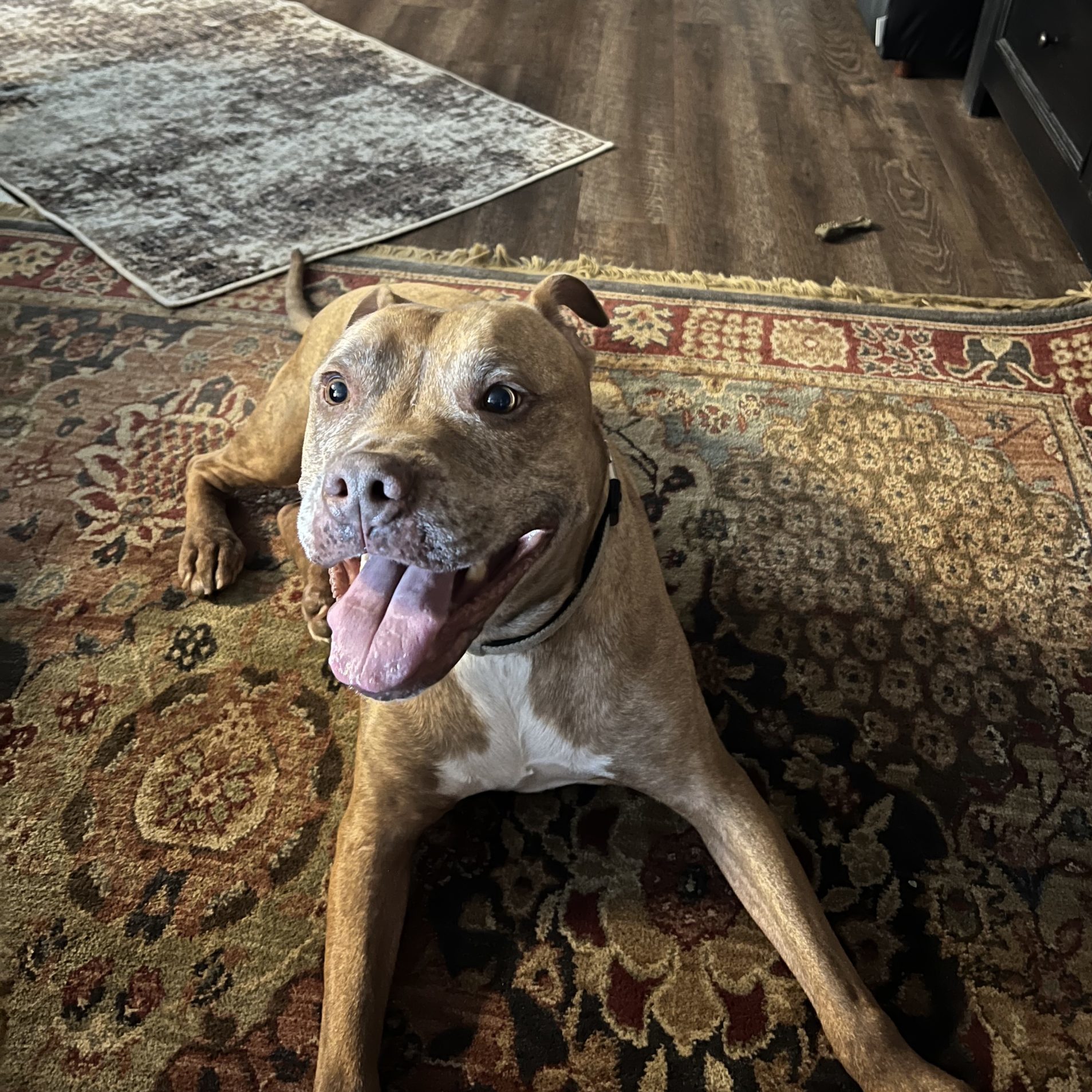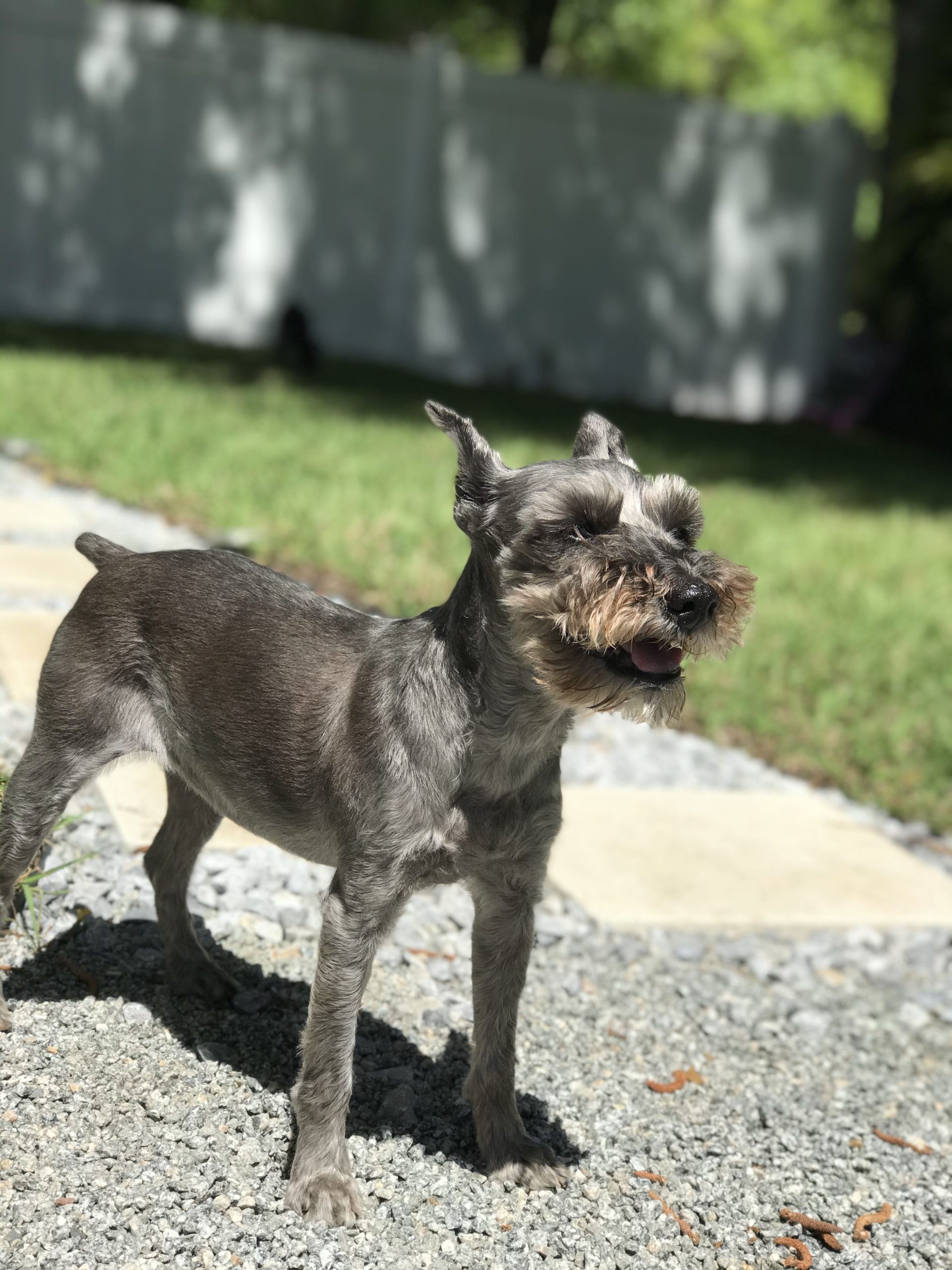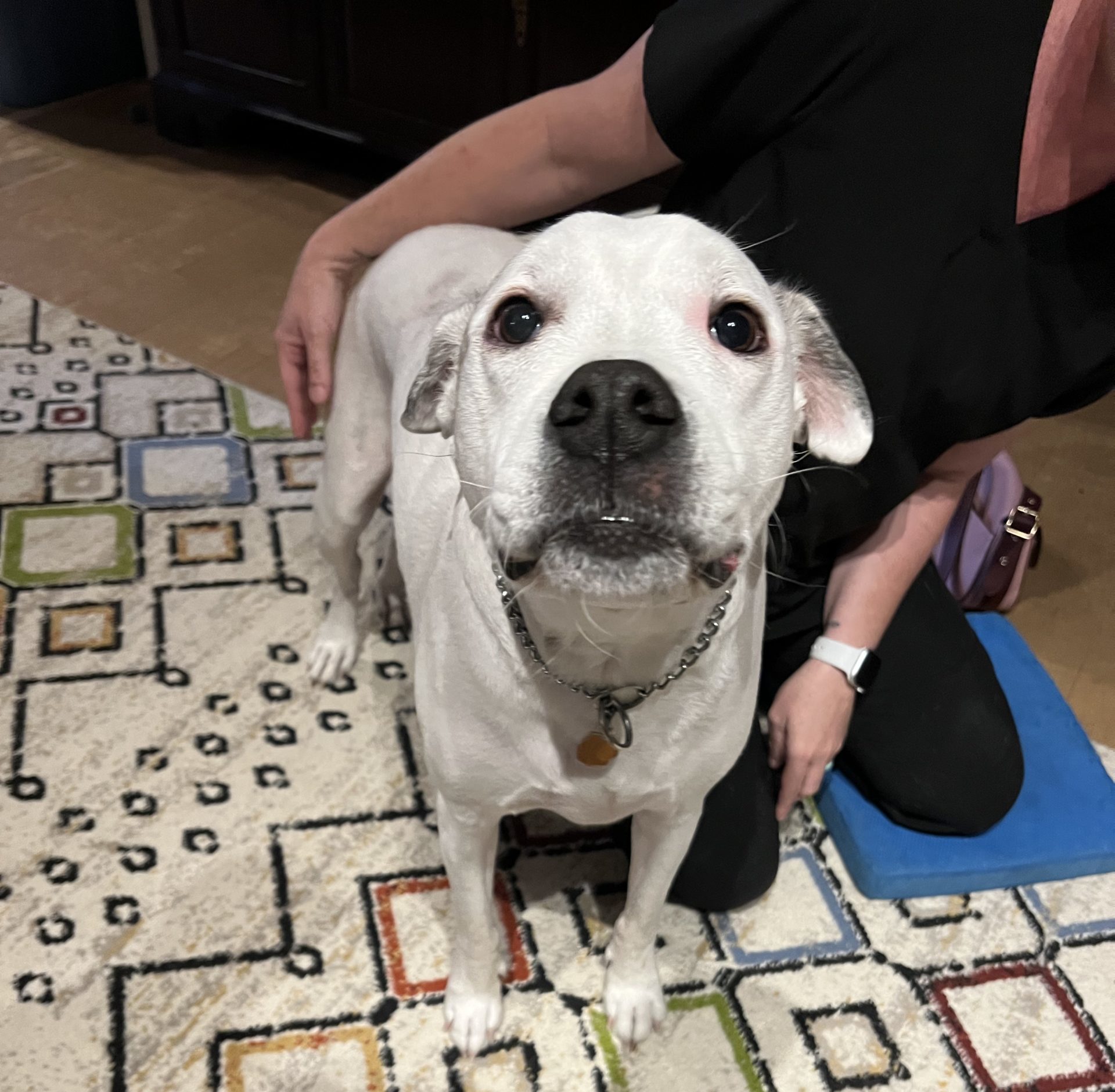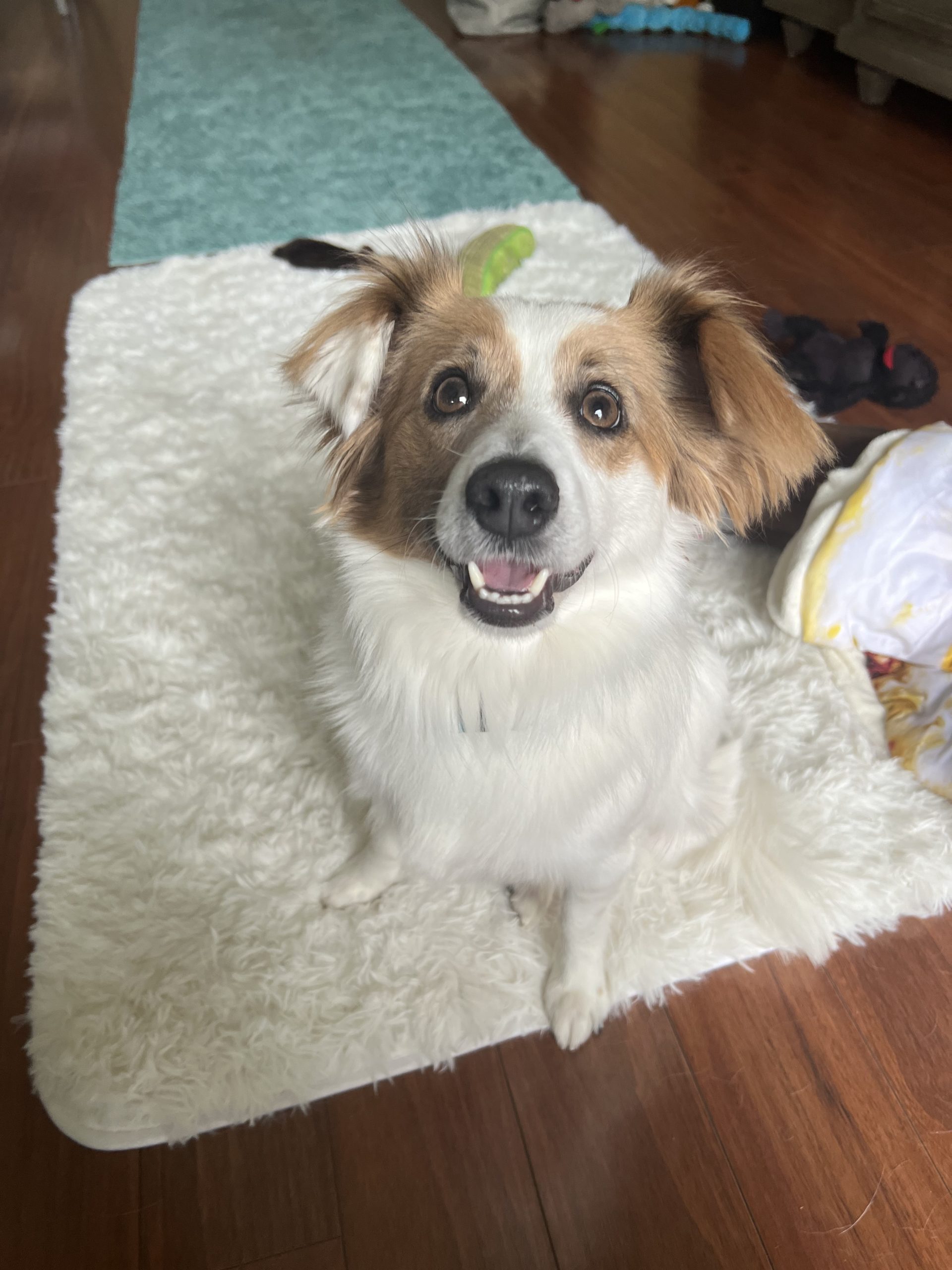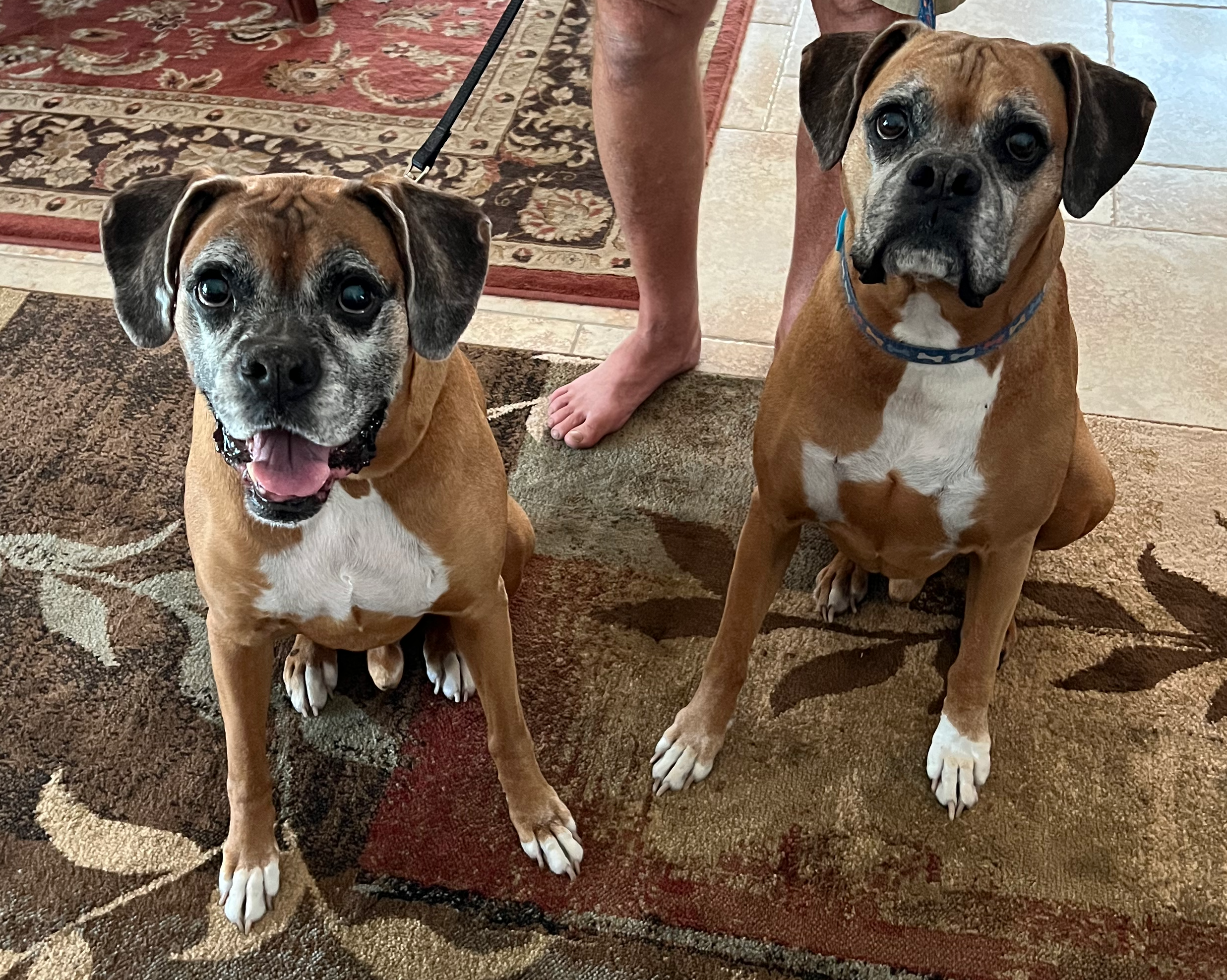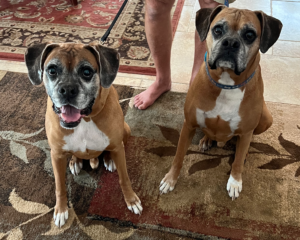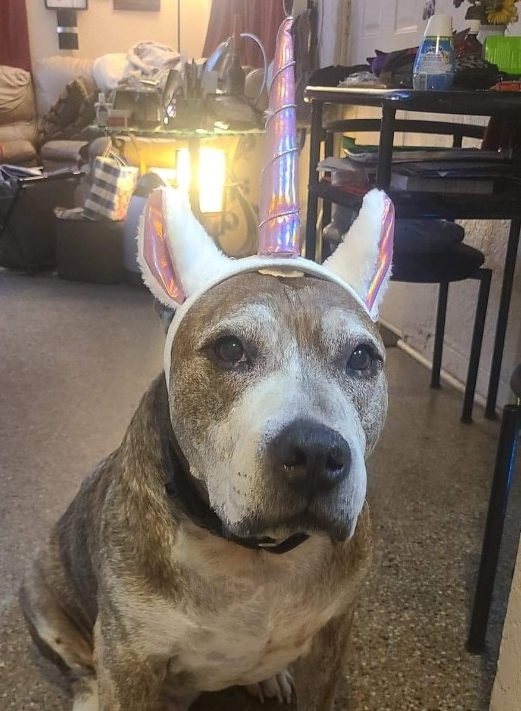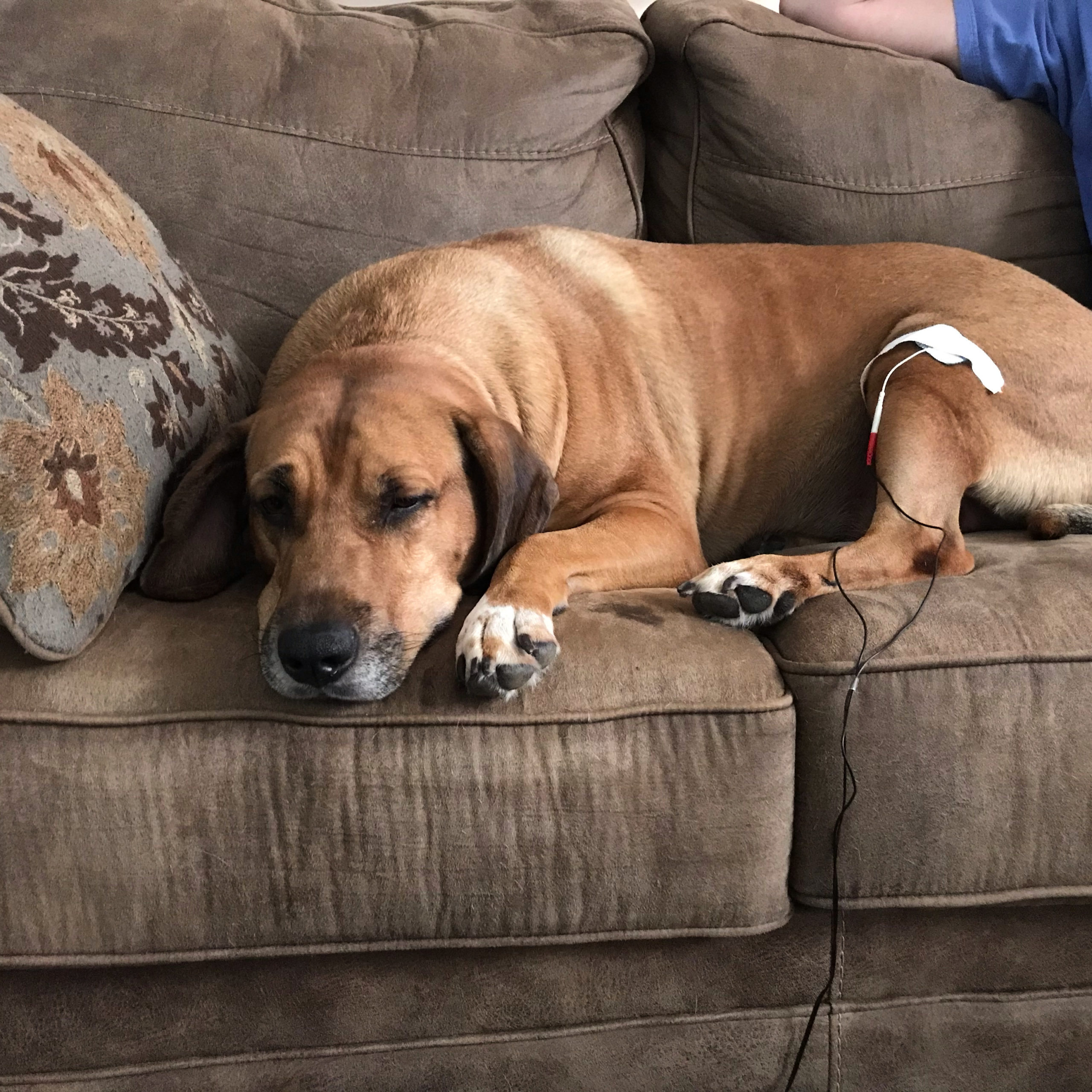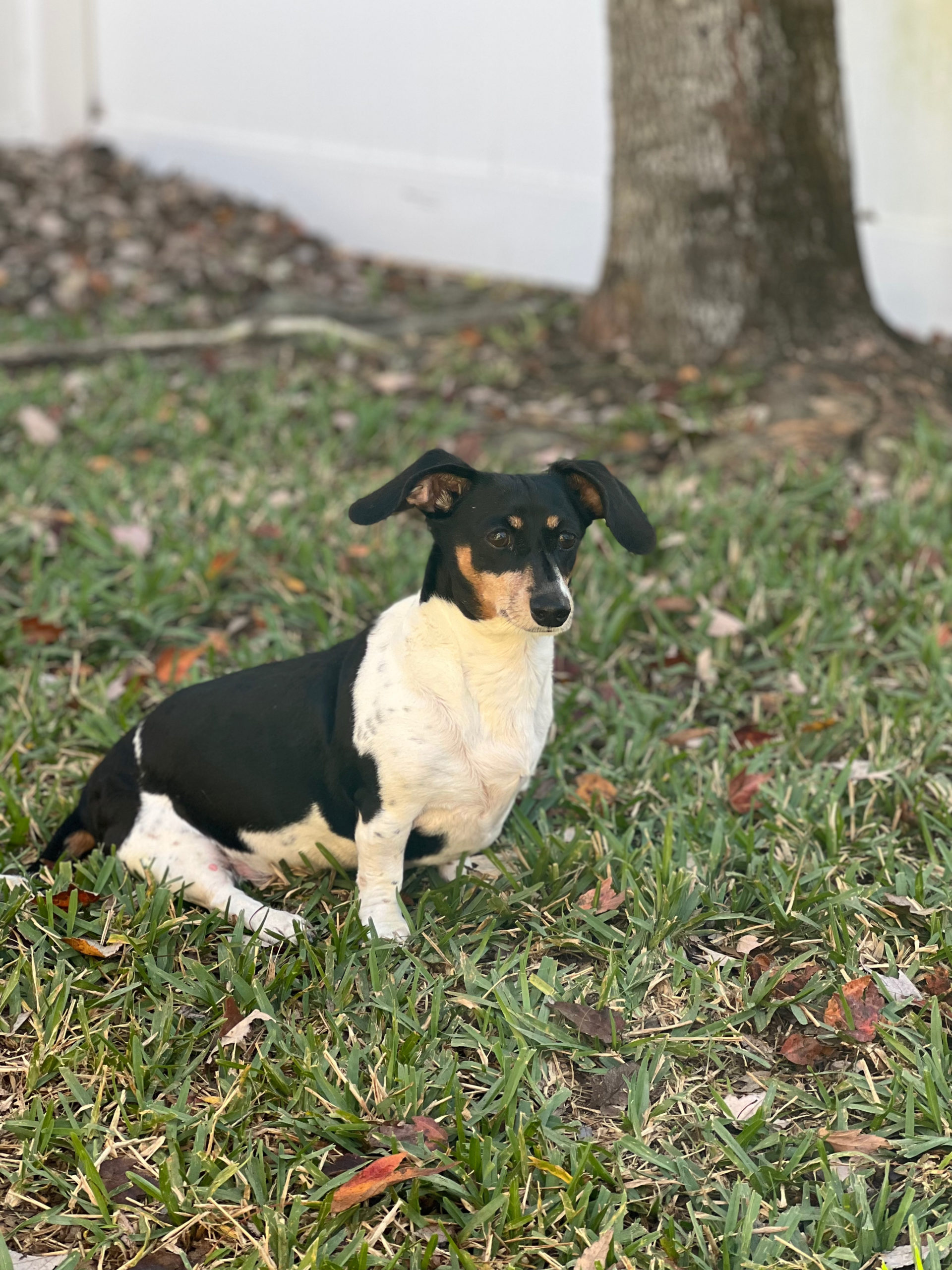You and your senior dog have no doubt shared a journey filled with cherished memories and unconditional love. As your loyal companion ages, you might start noticing subtle shifts in their behavior that raise concerns. Perhaps a slight hesitation before leaping onto the couch, or limping as they rise from their afternoon nap. These signs, might just be the early signs of arthritis, a condition that can affect even the most active of senior dogs.
Arthritis in senior dogs may be foreign concept, but I’m sure you know of someone (or you yourself) that struggles with this condition. Let’s get into what exactly arthritis is:
Imagine this: deep within your dog’s joints lies a bustling city, a place where cushiony cartilage and lubricating synovial fluid work in harmony to provide seamless movement. But as your furry friend grows older, this vibrant cityscape can start to crumble, leaving behind worn-down cartilage and inflamed joints. This is arthritis, a condition often caused by the natural wear and tear of age, joint injuries, and ever genetic predisposition. It affects your senior dog’s joints, causing pain, discomfort, and limping their mobility.
Recognizing the Signs of Arthritis in Senior Dogs
Your special bond with your dog makes you attuned to their well-being, so, you may notice that your senior dog, once a lively bundle of energy, might now show signs of fatigue after a shorter walk or have difficulty climbing stairs. They may seem hesitant to jump onto their favorite spot on the bed or exhibit subtle changes in their gait. You may also see stiffness and or limping after lying down for a period of time. These signs of discomfort could be your dog’s way of saying, “Hey, something’s not quite right here.” As a vigilant pet parent, keeping an eye out for these signs is key to early detection.
Remember: Arthritis isn’t just a name; it’s an experience. Just like we might groan as we rise from a chair after a long day, our senior dogs may also experience discomfort, stiffness, and pain. Remember, the pain isn’t a sudden onslaught; it’s more like a constant, aching companion that lingers. Senior dog arthritis also goes beyond physical discomfort; it can impact your dog’s overall well-being. Pain and stiffness may reduce their activity levels, affecting their daily life and causing them to not want to play or go on walks like they used to. If left unattended, this condition can seriously impact your dog’s quality of life. Your attentive care plays a vital role in addressing these challenges.
Getting a Clearer Picture through Diagnosis of Arthritis in Senior Dogs
Even though your dog is still wagging his/her tail, eating and drinking well, and going on walks, he or she can still be suffering from the effects of arthritis. It is important to schedule a visit with your veterinarian if you are noticing any of the above signs. A comprehensive examination by your veterinarian, which should include a thorough physical examination, close observation of your dog’s movements and palpating (feeling) their joints, will provide insights into your dog’s condition. X-rays can show the telltale signs of arthritis such as subtle changes in your dog’s joint structure that may otherwise remain hidden. While arthritis isn’t something that can be cured, various methods can help manage its effects and improve your dog’s comfort.
Keep in mind that early detection and diagnosis are key to effectively managing arthritis and improving your furry friend’s quality of life. If you suspect your dog may have arthritis or if you’ve noticed any changes in their behavior or mobility, it’s important to seek veterinary guidance promptly. Your dedication to your dog’s well-being will ensure that they receive the care they need to thrive in their senior years.
Limping in Senior Dogs:
Many people ask: My senior dog limps after lying for a period of time, is this normal?
Limping in senior dogs can be quite common, but it’s not necessarily “normal.” As dogs age, their joints, muscles, and overall body structure can undergo changes that may lead to mobility issues, including limping. While some degree of reduced mobility or stiffness may be expected in older dogs, persistent or worsening limping should not be ignored. It may be the early signs of arthritis in senior dogs, but it can also be because of an injury, muscle weakness, nerve issues, or cancer.
It’s important to note that limping should always be evaluated by a veterinarian. While some degree of slowing down is expected in senior dogs, any significant change in mobility, persistent limping, or sudden onset of lameness should prompt a veterinary visit. Early diagnosis and intervention can help manage or mitigate the underlying causes of limping, improve your senior dog’s quality of life, and potentially prevent further complications.
How to Manage Arthritis in Senior Dogs
As a dedicated pet parent, you understand the importance of a holistic approach. Managing arthritis in senior dogs involves a comprehensive approach that focuses on alleviating pain, improving mobility, and enhancing their overall quality of life. As a devoted pet parent, you have a significant role to play in ensuring your furry friend’s comfort and well-being.
Effective arthritis management involves:
—maintaining a healthy weight (to decrease pressure on your dog’s joints),
—supplements that support joint health
—joint injections to improve joint health
—pain relieving medications
—orthopedic bedding – this helps to relieve pressure on joints
—assistive device – such as ramps or stairs to access high surfaces, and raised food and water bowls
—environmental adaptations: putting down more carpets, or runners so your senior pup has traction, make sure food and water is easily accessible
—short but frequent controlled exercise – avoid your pet being a “weekend warrior” which may cause a flare up
—regular check ups – work with your vet to monitor your dog’s condition and make adjustments to their treatment plan as needed.
—laser therapy – can help to decrease your dog’s pain
—acupuncture – can help to decrease your dog’s pain so they want to move more
—rehabilitation – can help to decrease your dog’s pain, improve their mobility
By embracing these management strategies and working closely with your veterinarian, you can create a comfortable and nurturing environment for your senior dog as they navigate the challenges of arthritis. Your dedication to their care ensures they continue to enjoy a fulfilling and joyful life in their golden years.
Prevention of Arthritis
Preventing arthritis in senior dogs involves a combination of proactive measures and mindful care throughout their lives. As a devoted pet parent, you have the power to make a significant impact on your dog’s joint health and overall well-being. Here’s how you can help prevent arthritis:
Maintain a Healthy Weight: Keeping your dog at a healthy weight is one of the most crucial steps in preventing arthritis. Excess weight places strain on joints and increases the risk of developing joint issues. Work with your veterinarian to establish a balanced diet and appropriate portion sizes.
Provide Proper Nutrition: Choose a high-quality, balanced dog food that supports joint health. Look for options containing glucosamine, chondroitin, and omega-3 fatty acids, which promote healthy joints.
Regular Exercise: Engage your dog in regular, low-impact exercise to keep their muscles strong and their joints mobile. Activities like swimming, gentle walks, and controlled play sessions can help maintain joint health.
Avoid High-Impact Activities: While exercise is essential, avoid activities that put excessive strain on your dog’s joints, especially during their growth phase. Jumping from heights, participating in strenuous activities like running on pavement, or performing repetitive exercise like fetch can contribute to joint issues.
Regular Veterinary Check-ups: Schedule routine check-ups with your veterinarian to monitor your dog’s overall health. Early detection of any issues allows for prompt intervention.
Joint Supplements: Consult your veterinarian about adding joint supplements like glucosamine, chondroitin, and omega-3 fatty acids to your dog’s diet. These supplements can promote joint health and reduce the risk of arthritis.
Maintain Dental Health: Dental infections can lead to systemic inflammation that can affect joints. Regular dental care, including brushing and professional cleanings, is crucial.
Spay/Neuter Timing: Consult with your veterinarian about the appropriate age to spay or neuter your dog. Some studies suggest that delaying spaying/neutering until after the growth phase might reduce the risk of joint issues.
Avoid Overexertion: While playtime is important, avoid overexerting your dog, especially during puppyhood. Allow them to rest and recover to prevent undue stress on developing joints.
Environmental Modifications: Get your dog started early on ramps and stairs to access higher levels. Make your home environment senior-dog-friendly by providing non-slip surfaces,
Regular Grooming: Keeping your dog’s nails trimmed can prevent strain on joints and muscles.
Genetic Considerations: If you’re getting a purebred dog, research the breed’s potential predisposition to joint issues and choose a responsible breeder who prioritizes joint health in their breeding program.
Mindful Play: Engage in interactive play that promotes mental stimulation without excessive strain on joints.
By integrating these preventive measures into your dog’s lifestyle, you’re taking proactive steps to safeguard their joint health and reduce the risk of arthritis. Your commitment to their well-being ensures that your furry friend enjoys a long, active, and comfortable life by your side.
As you navigate the world of arthritis in senior dogs, your dedication shines as a beacon of care and compassion. Your cherished companion’s comfort and well-being are at the forefront, and your commitment to understanding, learning, and advocating for their needs paves the way for a future filled with shared moments of joy and companionship.
If you want to learn more about how to help your senior dog at home, check out our FREE guide.
Click Here for the free guide.
If you feel that your pet can benefit from rehabilitation or laser therapy, please click the button below to fill out a short form.
Yes, I’d like help for my pet

